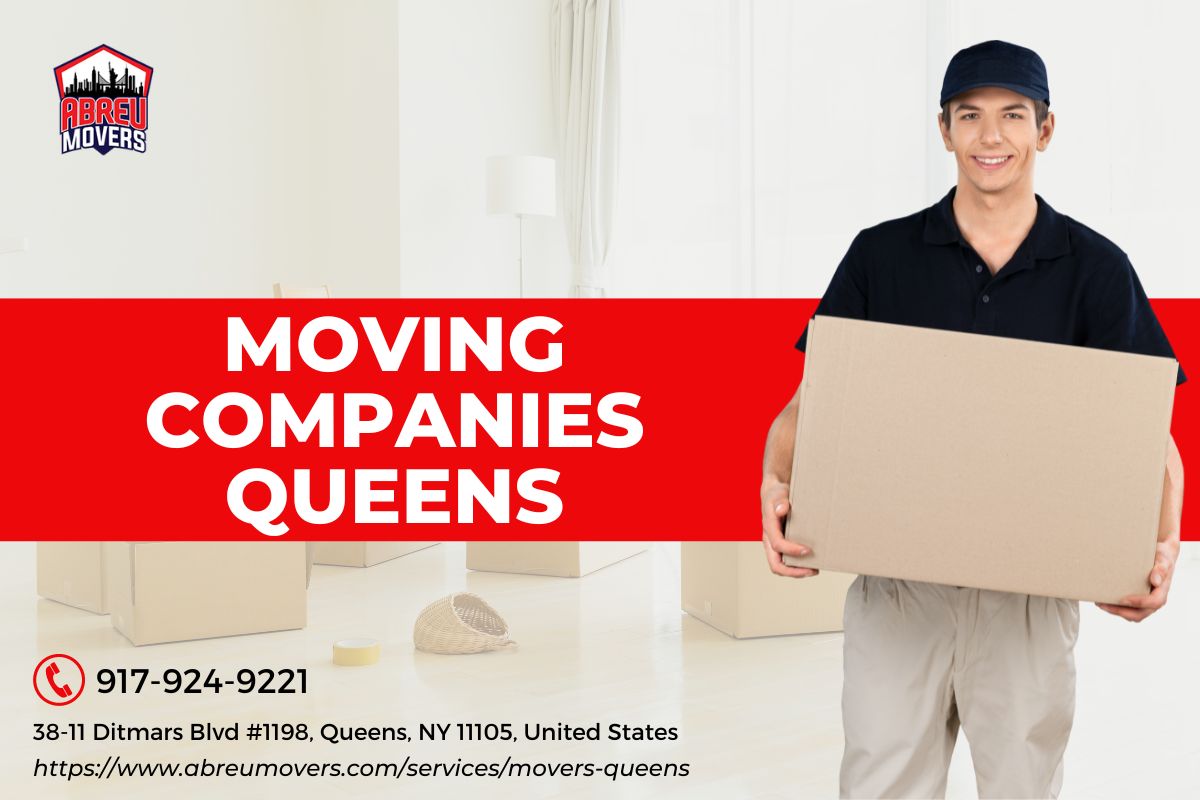

Introduction
Moving can be a stressful process for anyone, but for individuals with disabilities, it can present even greater challenges. From physical limitations to sensory sensitivities, there are various factors to consider when planning a move. However, with the right strategies and support, it is possible to have a smooth transition. In this article, we will discuss effective techniques and resources that can help individuals with disabilities navigate the moving and packing process.
1. Planning Ahead: The Key to Success
Importance of Early Preparation
Planning ahead is crucial when it comes http://cruzvxyy265.raidersfanteamshop.com/the-dos-and-don-ts-of-labeling-boxes-when-moving-in-queens to moving with disabilities. By starting early, you can ensure that all necessary arrangements are made well in advance. This includes researching accessible housing options, coordinating with professional movers, and organizing necessary accommodations.
Creating a Checklist
To stay organized throughout the moving process, it's essential to create a detailed checklist. This list should include tasks such as decluttering, packing essentials, notifying utility companies, and arranging transportation. Breaking down these tasks into manageable steps will help minimize stress and ensure nothing is overlooked.
2. Seeking Assistance: Professional Support for a Smooth Move
Utilizing Packing Services
One of the best ways to simplify the moving process is by utilizing professional packing services. These services offer expertise in safely packing belongings while addressing any specific needs or concerns related to disabilities. By hiring experienced packers, individuals can focus on other aspects of the move while ensuring their belongings are handled with care.
Hiring Movers and Packers in Queens
When it comes to physically transporting belongings from one location to another, hiring professional movers and packers in Queens can be immensely beneficial. These professionals have experience working with individuals with disabilities and understand how to handle fragile items or navigate through challenging spaces. Their expertise ensures a smooth transition during the moving process.
3. Accessibility Matters: Adapting Your New Home
Conducting a Home Accessibility Assessment
Before moving into a new home, it's essential to conduct a thorough accessibility assessment. This involves evaluating factors such as doorways, ramps, bathroom facilities, and kitchen modifications. Identifying any necessary adaptations ahead of time will ensure a seamless transition and prevent potential barriers.
Installing Assistive Devices
For individuals with disabilities, installing assistive devices in the new home is crucial for maintaining independence and safety. These devices can include grab bars, handrails, wheelchair ramps, and specialized shower or toilet equipment. Consulting with professionals who specialize in adaptive technology can provide valuable guidance on the best solutions for individual needs.
4. Packing Strategies: Simplifying the Process
Sorting and Decluttering Belongings
Before packing, it's important to sort through belongings and declutter unnecessary items. This not only reduces the amount of packing required but also ensures that only essential items are moved to the new location. Consider donating or selling items that are no longer needed to lighten the load.
Labeling Boxes Clearly
To make unpacking easier at the new location, it's crucial to label boxes clearly. Use bold, legible labels that indicate the contents of each box and where they should be placed in the new home. This will prevent confusion and simplify the process of finding essential items after the move.
5. Emotional Support: Managing Stress and Anxiety
Seeking Emotional Guidance
Moving can be emotionally challenging for individuals with disabilities. It's important to seek emotional support from trusted friends, family members, or therapists who can provide guidance during this transition period. Talking about fears, concerns, and anxieties can help alleviate stress and promote a smoother move.
Practicing Self-Care Techniques
During the moving process, it's crucial to prioritize self-care techniques to manage stress effectively. This may include engaging in relaxation exercises like deep breathing or meditation, taking breaks when needed, and maintaining a healthy lifestyle. Prioritizing self-care will help individuals maintain their well-being throughout the moving process.
Frequently Asked Questions (FAQs)
Q: What should I consider when looking for an accessible housing option? A: When searching for an accessible housing option, factors such as wheelchair accessibility, bathroom modifications, and available support services should be taken into consideration.
Q: How can I ensure the safety of my belongings during the move? A: Hiring professional packers and movers who have experience working with individuals with disabilities is essential to ensure the safety of your belongings.
Q: Are there any financial assistance programs available for individuals with disabilities during the moving process? A: Yes, there are various financial assistance programs available that can help cover the costs associated with moving and adapting a new home for individuals with disabilities.
Q: How can I make sure my new home is fully accessible before moving in? A: Conducting a thorough accessibility assessment and consulting with professionals who specialize in adaptive technology can ensure that your new home is fully accessible.
Q: What can I do to minimize stress and anxiety during the moving process? A: Seeking emotional guidance, practicing self-care techniques, and enlisting the support of friends and family members can help minimize stress and anxiety during the move.
Q: How far in advance should I start planning my move when I have a disability? A: It's recommended to start planning your move at least three months in advance to allow ample time for necessary arrangements and accommodations.
Conclusion
Moving and packing with disabilities may present unique challenges, but with proper planning, support, and resources, it is possible to have a smooth transition. By utilizing professional services, adapting your new home for accessibility, implementing effective packing strategies, managing stress through emotional support and self-care techniques, individuals with disabilities can navigate the moving process successfully. Remember, early preparation, seeking assistance, and prioritizing accessibility and well-being are key to a successful move.